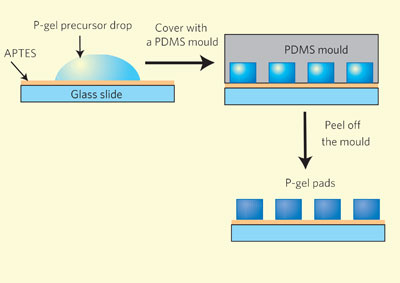
A chemical substance is a material with a specific chemical composition. It is a concept that became firmly established in the late eighteenth century after work by the chemist Joseph Proust on the composition of some pure chemical compounds such as basic copper carbonate.[1] He deduced that, "All samples of a compound have the same composition; that is, all samples have the same proportions, by mass, of the elements present in the compound." This is now known as the law of constant composition.[2] Later with the advancement of methods for chemical synthesis particularly in the realm of organic chemistry; the discovery of many more chemical elements and new techniques in the realm of analytical chemistry used for isolation and purification of elements and compounds from chemicals that led to the establishment of modern chemistry, the concept was defined as is found in most chemistry textbooks. However, there are some controversies regarding this definition mainly because the large number of chemical substances reported in chemistry literature need to be indexed.
A common example of a chemical substance is pure water; it has the same properties and the same ratio of hydrogen to oxygen whether it is isolated from a river or made in a laboratory. A pure chemical substance cannot be separated into other substances by a process that does not involve any chemical reaction and is rarely found in nature. Some typical chemical substances can be diamond, gold, salt (sodium chloride) and sugar (sucrose). Generally, chemical substances exist as a solid, liquid, or gas, and may change between these phases of matter with changes in temperature or pressure.
Forms of energy, such as light and heat, are not considered to be matter, and thus they are not "substances" in the scientific regard.



















